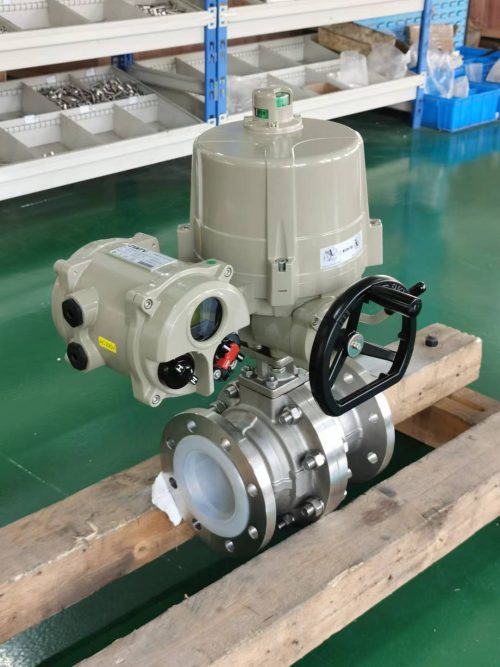Motorised valves, such as automated ball valves and actuated ball valves, play a vital role in controlling fluid flow with precision and efficiency. By utilizing a ball valve with actuator powered by advanced ball valve actuators, these valves automate flow regulation based on control system signals. They feature components that ensure reliability, adaptability, and reduced manual effort. Actuated ball valves are key across industries like oil & gas and water treatment, offering benefits like enhanced accuracy and durability.
Introduction
Efficient fluid control is at the core of modern industrial operations, and motorised valves are indispensable in achieving this precision. By integrating advanced systems like the ball valve with actuator and various ball valve actuators, these valves automate and enhance performance. From automated ball valves to actuated ball valves, these innovations minimize manual intervention, ensuring consistent and reliable flow management. This blog explores the fundamental workings of motorised valves, shedding light on their components, functionality, and why they are vital for industries such as oil & gas, water treatment, and HVAC. Understanding these systems is key to selecting the right actuated ball valve for optimized operations.
What is a Motorised Valve?
Definition of a motorised valve and how it differs from manual valves.
A motorised valve is an automated valve system designed to control the flow of fluids without manual intervention. Unlike manual valves, which require physical effort to open or close, motorised valves utilize actuators, such as electric motors or pneumatic devices, to perform these tasks automatically. This automation provides superior precision, faster response times, and improved efficiency, making motorised valves ideal for complex or large-scale industrial systems where consistency and reliability are critical.
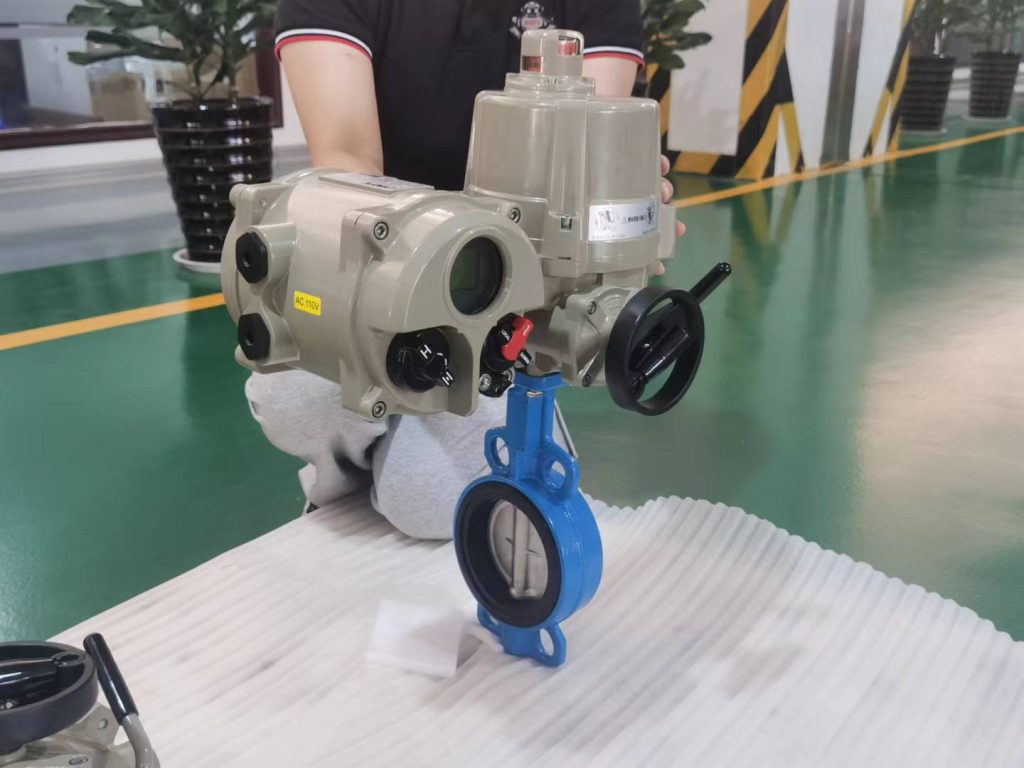
Explain the key components of a motorised valve, such as the ball valve with actuator, motor, and control system.
A motorised valve comprises several interconnected components that work together to achieve seamless fluid control. At its core is the ball valve with actuator, which is responsible for regulating flow by rotating the valve’s spherical disc. The motor, typically powered electrically or pneumatically, drives this actuator, allowing for precise and automated operation. Lastly, the control system serves as the brain of the operation, enabling efficient communication and coordination between the motor and actuator to ensure reliable and consistent valve performance across various applications.
Describe their role in automating fluid control within systems.
Motorised valves play a pivotal role in automating fluid control by eliminating the need for manual adjustments, enabling seamless and precise operation across industrial and commercial systems. By utilizing components such as actuators and advanced control systems, these valves ensure accurate flow regulation, reduce human error, and enhance overall efficiency. Their ability to respond quickly to system commands makes them essential for optimizing performance, reliability, and safety in applications ranging from water treatment to HVAC and oil & gas.
Key Components of an Automated Ball Valve System
Discuss the importance of the actuator in an actuated ball valve.
The actuator is a critical component of an actuated ball valve, transforming the valve into an automated control solution. By driving the ball valve to open or close with precision, the actuator eliminates the need for manual operation, significantly enhancing efficiency and accuracy in fluid management. This automation allows systems to respond seamlessly to real-time commands or programmed settings, ensuring reliable performance and reducing downtime. Whether powered electrically or pneumatically, the actuator is indispensable for achieving consistent, precise, and efficient fluid control in demanding industrial environments.
Explore how ball valve actuators drive the operation of motorised valves.
Ball valve actuators are the driving force behind the operation of motorised valves, providing the torque and movement needed to control the valve’s position. By rotating the valve’s ball element, actuators enable precise flow control, ensuring the valve responds reliably to system commands. This automation eliminates manual intervention, allowing for seamless, efficient operation even in high-demand or remote industrial environments. Whether powered by electric, pneumatic, or hydraulic systems, ball valve actuators are essential for achieving accuracy, consistency, and superior performance in fluid control processes.
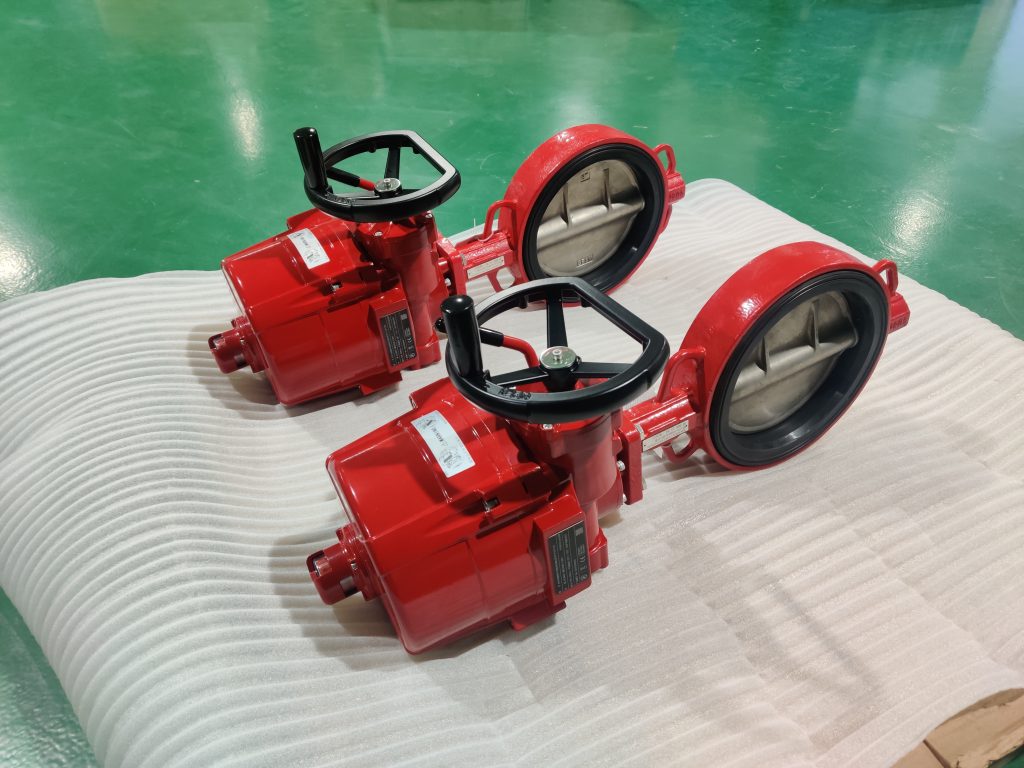
Include a brief explanation of different actuator types (electric, pneumatic, or hydraulic) used in ball valve actuators.
Ball valve actuators come in three primary types, each designed to suit specific fluid control requirements. Electric actuators use electric motors for precise and reliable operation, making them ideal for applications requiring high accuracy and remote control. Pneumatic actuators, powered by compressed air, are known for their speed and cost-effectiveness, excelling in environments where quick cycling and explosion-proof operation are essential. Hydraulic actuators, driven by pressurized fluid, provide high torque and are suited for heavy-duty industrial applications demanding robust performance. Together, these actuator types offer versatility for diverse operational needs.
How Does a Motorised Valve Work?
Step-by-step explanation of the working mechanism:
Receiving signals from control systems.
Motorised valves operate through a step-by-step mechanism that begins with receiving signals from the control system. These signals, in the form of electrical or pneumatic instructions, are transmitted to the actuator, initiating its operation. The actuator then converts the signal into mechanical motion, driving the ball valve to open, close, or modulate fluid flow according to the command. This seamless interaction between the control system, actuator, and valve ensures precise, automated management of fluid control, enhancing system efficiency and responsiveness across complex applications.
Actuation of the ball valve with actuator.
The actuation process of a motorised valve begins when the actuator receives a control signal, triggering its internal mechanism. This mechanism generates the torque required to turn the ball valve’s rotary element. As the ball rotates, its position aligns with the system demand, opening or restricting fluid flow with precision. This dynamic actuation ensures seamless control and responsiveness, enabling efficient regulation of fluid within various industrial and commercial applications.
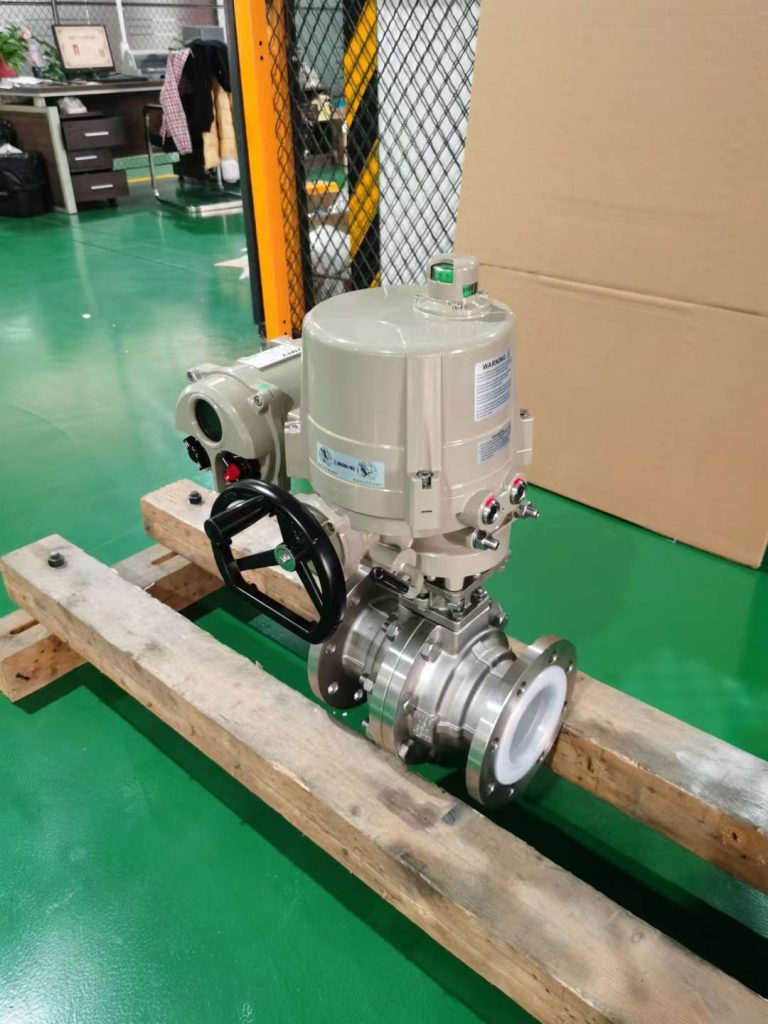
Flow regulation through the ball valve.
Flow regulation in a ball valve is achieved by altering the position of the spherical ball within the valve body. The ball features a central bore that aligns with the pipeline when in the open position, allowing unrestricted fluid flow. Turning the ball to a partially or fully closed position restricts or blocks the flow entirely. This precise control over flow rate, combined with the valve’s ability to seal tightly, ensures efficient and reliable fluid management across various industrial processes.
Highlight the precision and reliability offered by actuated ball valves in industrial systems.
Actuated ball valves are synonymous with precision and reliability in industrial systems, delivering unmatched control over fluid flow. Their automated operation ensures consistent performance, reducing the margin of error in complex processes and minimizing downtime. By seamlessly managing flow rates and achieving tight shut-off when required, these valves play a critical role in optimizing efficiency and maintaining the integrity of demanding industrial environments.
Applications of Motorised Valves
Industries and scenarios where motorised valves are indispensable (e.g., oil & gas, water treatment, HVAC systems).
Motorised valves are essential in industries requiring precise and reliable fluid control, such as oil & gas, water treatment, and HVAC systems. In the oil & gas sector, they regulate the flow of critical resources under high pressures and extreme conditions. Water treatment facilities rely on their automated accuracy to manage filtration and distribution processes, ensuring clean water supply. HVAC systems use motorised valves to balance temperature control and optimize energy efficiency, making them invaluable across diverse and demanding operational scenarios.
Benefits of using actuated ball valves and automated ball valves in these applications, such as increased efficiency and reduced manual intervention.
Actuated and automated ball valves bring significant advantages to applications in oil & gas, water treatment, and HVAC systems. Their ability to deliver precise and consistent operation enhances efficiency by reducing energy losses and process variability. Automation minimizes manual intervention, cutting labor costs and the risk of human error while ensuring faster response times in critical conditions. Additionally, their robust reliability and tight shut-off capabilities support seamless operation in demanding environments, making them indispensable for optimizing performance and productivity.
Advantages of Motorised Valves
Key benefits, including improved accuracy, durability, energy efficiency, and integration with automated systems.
Actuated and automated ball valves set the standard for advanced operational performance, offering improved accuracy in fluid control, exceptional durability to withstand harsh conditions, and superior energy efficiency by minimizing losses. Their seamless integration with automated systems ensures real-time responsiveness and streamlined processes, making them a critical component in modern, high-performance industrial applications. These benefits collectively enhance productivity and reliability across demanding environments.
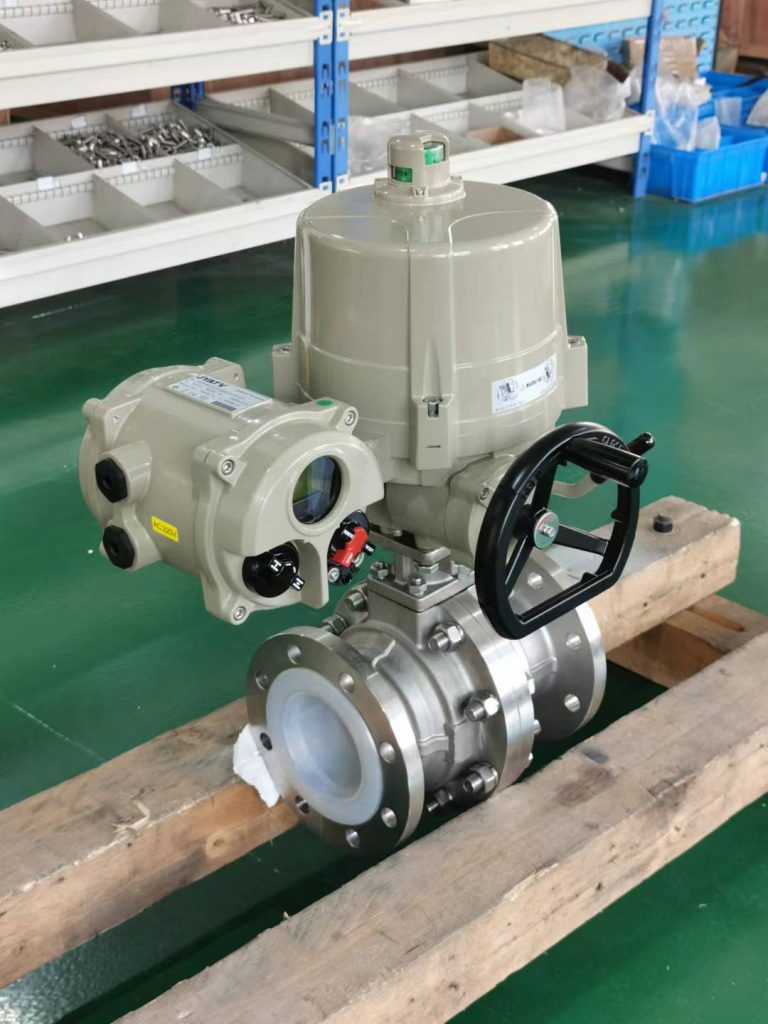
How ball valve actuators enhance performance and reduce downtime in industrial operations.
Ball valve actuators significantly enhance industrial performance by delivering precise and reliable control over fluid dynamics, ensuring consistent operational flow. Their automated functionality reduces the need for manual adjustments, minimizing the risk of errors and enabling swift responses during critical conditions. By supporting prolonged operation without frequent maintenance or disruptions, actuators reduce downtime, optimize productivity, and improve overall system efficiency, making them vital for industrial continuity and reliability.
Choosing the Right Motorised Valve for Your Needs
Factors to consider when selecting a motorised valve:
Size and material compatibility.
When selecting a motorised valve, size and material compatibility are critical factors to ensure optimal performance and longevity. Proper sizing guarantees efficient flow regulation and prevents operational inefficiencies or mechanical strain. Material compatibility is equally vital, as it must withstand the specific characteristics of the media being handled, such as corrosive chemicals, high temperatures, or abrasive particles. By carefully evaluating these factors, you can achieve reliable and durable functionality tailored to your application’s demands.
Actuator type and power source.
When selecting a motorised valve, actuator type and power source are key considerations that directly impact performance and efficiency. The actuator type, whether electric, pneumatic, or hydraulic, should align with the operational requirements and environmental conditions of the application. Similarly, the power source must ensure consistent and reliable operation, taking into account factors such as energy availability and system integration. Proper evaluation of these aspects ensures compatibility, enhances operational efficiency, and supports seamless performance in demanding industrial settings.
System requirements and certifications.
When selecting a motorised valve, system requirements and certifications are crucial to ensuring compliance, safety, and superior performance. Understanding system parameters like pressure, temperature, and flow demands ensures the valve matches application requirements effectively. Certifications such as ISO or ANSI validate quality and safety adherence, ensuring suitability for critical and regulated environments. Prioritizing these factors guarantees reliable integration and operational excellence.
Mention the importance of partnering with a reputable valve manufacturer to ensure high-quality actuated ball valves.
Partnering with a reputable valve manufacturer is essential to securing high-quality actuated ball valves that deliver reliable and consistent performance. A trusted manufacturer guarantees advanced engineering and strict quality control, ensuring valves meet industry standards and demanding conditions. Valves from reliable manufacturers maintain precision while delivering durability, even in challenging industrial applications. This improves operational efficiency significantly, reducing maintenance needs and lowering associated costs over time. Using high-quality valves extends system lifespan, providing long-term value and peace of mind for critical applications.
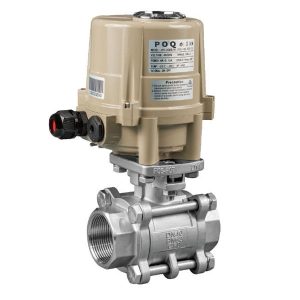
FAQS
What warranty do motorised valves typically come with?
Warranties for motorised valves vary by manufacturer but often range between 12 and 24 months, covering defects in materials or workmanship. Always review the warranty terms provided by the supplier to understand what is included and the process for resolving claims.
What is the usual lead time for a motorised valve order?
Lead times can vary based on the valve specifications, quantity, and manufacturer. Standard products in stock often ship within a few days, while custom or large-scale orders may take 4-8 weeks. For precise timelines, consult your chosen valve supplier.
What are the standard price terms for motorised valves?
Price terms depend on the contract agreement, but common terms include CIF (Cost, Insurance, and Freight), FOB (Free on Board), or EXW (Ex Works). Factors affecting pricing include valve size, material, actuator type, and additional customizations. Always confirm the pricing structure with your manufacturer before finalizing the purchase.
How do I ensure I am selecting the right motorised valve for my needs?
Selecting the right motorised valve requires consideration of factors such as system pressure, temperature, flow requirements, actuator type, material compatibility, and certifications. Additionally, partnering with a reputable valve manufacturer ensures expert guidance and access to quality products tailored to your application.
5.What applications are motorised valves suitable for?
Motorised valves are widely used in industries such as chemical processing, HVAC systems, water treatment plants, oil and gas, and pharmaceutical production. They are well-suited for applications that demand reliable automated control, especially in environments requiring high performance and minimal manual intervention.
Conclusion
Understanding how a motorised valve operates underscores its significance in delivering precision and reliability across modern industrial applications. Ball valves with actuators provide efficient and adaptable fluid control for various industries. Advanced actuators automate processes with precision. Automated ball valves regulate flow effectively, minimizing manual intervention. This functionality is essential in water treatment, oil & gas, and HVAC systems.
For businesses striving to optimize operations and improve system performance, investing in high-quality actuated ball valves is a smart move. Take the next step by consulting experts to identify the motorised valve solutions that best align with your operational needs and foster long-term success.

